Are you interested in photography? Are you wondering how to start a photography business, even though you have little to no experience? You’ve come to the right place! It doesn’t matter whether you want to do this as a full-time job or only as a side-hustle – it is perfectly achievable; especially if you are willing to put in time, money and effort into this venture.
With an art career, you won’t be bored and, most likely, every day won’t look the same. What’s more, photography is the kind of art that is high in demand these days as a lot of businesses – from small to big ones – need visual content. Therefore, a successful photography business can be quite profitable.
In this article, you’ll get the answers to some of the main questions regarding how to start a photography business with no experience:
- Do I need to invest in a digital camera or use a smartphone?
- Do I need to invest in courses or learn photography by myself?
- How do I build a portfolio?
- Where do I look for clients?
- Do I need to promote my photography business on social media? Which platforms are the best?
- Do I need to decide on a niche and develop my personal style in photography now?
- Should I edit my photos?
- Is it possible for someone to steal my photos? How do I protect my photos from theft?
- Do I need to make a rough business plan?
- Do I need to research the local market before starting my photography business?
- How do I set my pricing?
Let’s dive in!
Do I Need to Invest in a Digital Camera or Use a Smartphone?
Since you want to start a photography business, you’ll need to invest into photography gear.
Smartphones have great cameras these days, but that’s not enough if you want to be a photographer. Digital cameras tend to have a much better color rendering and produce photos of higher resolution. Smartphones may have manual modes where you can set all the settings yourself; which is a crucial detail if your goal is to learn the art of photography. But a smartphone won’t produce images of the same level of quality as a digital camera can.
25 Things You Must Know Before Buying A Digital Camera
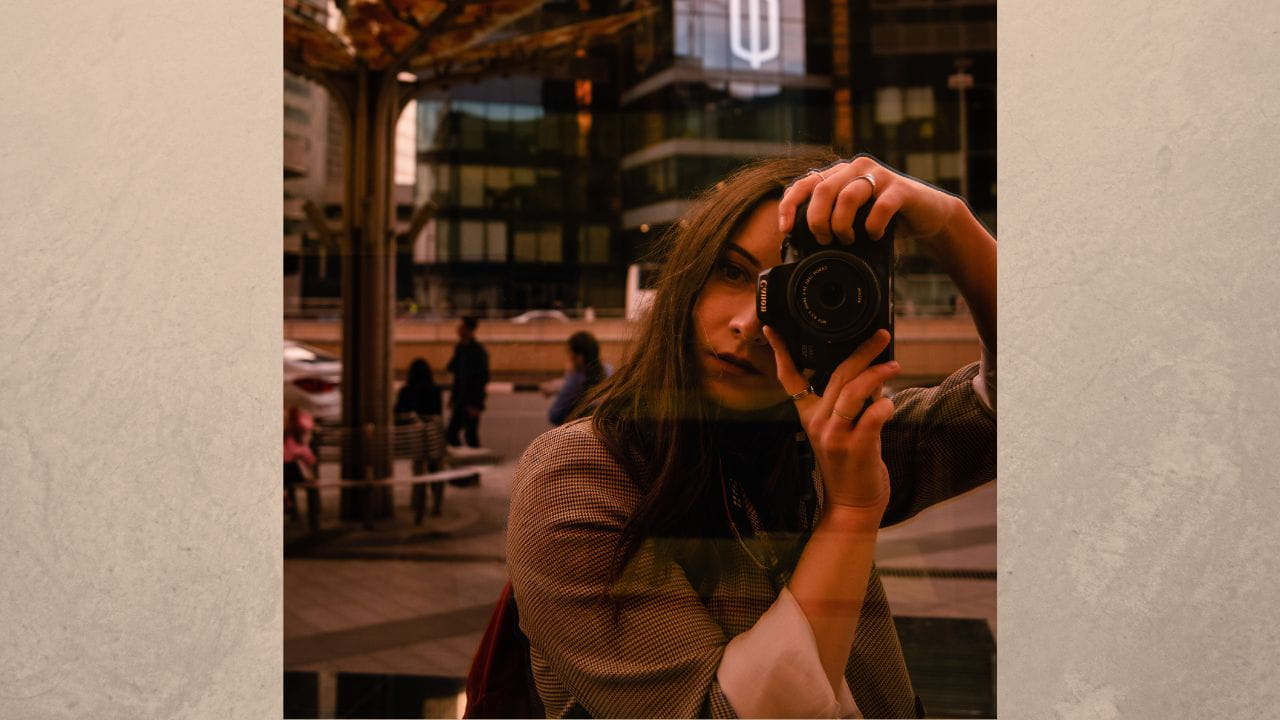
If you are really tight on the budget, you might check out second-hand cameras. But if you do opt for second-hand equipment, make sure that you’ll buy it from a store that has a spectacular reputation when it comes to the quality of their products as well as their customer service. Spend some extra time checking the reviews. Otherwise, you might buy a second-hand camera that will break within a few weeks, if not less.
Whether you decide to buy a second-hand camera or a brand new one, remember that there’s no need to break the bank right now. Your goal is to buy the minimum equipment that you currently require to do your work, and when your business grows, and you have more money, you’ll have the chance to upgrade.
A high-end camera can make your life much easier but remember that even the most expensive equipment won’t turn you into a good photographer. This is something that comes with practice and hard work.
Photography gear is rather costly, so before buying it, do some research to figure out what’s the most suitable option for you at the moment.
However, all the technical details might be too overwhelming, so don’t worry too much about it. Remember that the most important thing is to provide good-quality images that your clients will be happy with. In most cases, they won’t really notice how advanced your equipment is.
In addition to all that, depending on what genre of photography you want to shoot in, you might need some other equipment, too.
For instance, you might need a tripod to keep your camera steady in low-light conditions or some lighting equipment for indoor shots or nighttime portraits. If you want to do food photography, you might need to invest in some crockery, glassware, and other props.
Do I Need to Invest in Courses or Learn Photography by Myself?
You are the only person who knows what’s the best and most convenient way for you to learn. Therefore, this depends entirely on you.
If you want to know how to start a photography business with no experience, one of the first things that you’ll need to do is to learn the basics of photography and get good at your craft. After all, even if you have the most expensive camera in the world, you still need to know how to use it and how to get the most out of it.
Fortunately, nowadays, there’s a variety of ways to learn a new skill.
You can take in-person or online courses as well as buy books or watch tutorials on YouTube. Online courses can vary in their structure – some have only tutorials in a textual and video forms, while others also include webinars, feedback and homework checks.
If you are self-disciplined and prefer learning things at your own pace, then going the self-taught route might be the perfect option for you.
There are plenty of free tutorials on YouTube that will teach you everything you need to know about photography basics. You can invest in some tutorial-only courses or books, too.
Once you’ve covered all the theory, you need to practice. Remember that practice is the most important part of learning. It might even be better if you learn one basic rule of photography, practice it until you get a good grasp of it, then move on to the next.
Self-teaching requires a lot of discipline and motivation since no one is going to tell you to sit down and watch tutorials, read books or go out and take pictures. You will need to do that on your own.
If you lack motivation, struggle with grasping some things on your own or simply want a certificate that states that you’ve finished a photography course, then you should opt for investing into courses. It might even be better to go for in-person courses if you struggle with self-discipline. This is mostly due to the fact that in-person courses tend to include practice in class, while with online courses, you’ll probably have to practice on your own.
The other benefit of courses is that you’ll be able to meet other photographers and maybe even create some kind of community. This means that you’ll be able to learn some tips and tricks from other creatives and share your own experience.
How Do I Build a Portfolio?
First, you learn the basics. Second, you need to try out different genres of photography. Surely, there are people who know exactly what they want to shoot. If you are one of them, then you can skip this step. But if you don’t know what genre of photography you prefer, or you are open to experimenting, then you should try taking pictures of different things to figure out what your preferences are.
The next step in the “How to start a photography business with no experience” guide is to start building a portfolio.
Once you’ve decided on one specific genre or a couple of them, you need to take some good photos. For instance, if you want to be a portrait photographer, find a good-looking friend or even hire a model and do a couple of portrait photoshoots. This will probably be for free if it’s a friend you’re working with, or you’ll have to pay the model.
If you want to be a landscape photographer, then take trips around your area and take pictures. If you want to be a travel photographer, then you might even take trips to different cities or countries to create your content.
Portfolio is a compilation of your best works, so don’t put absolutely everything in there. It displays what you are capable of. When you start offering your services, you’ll need to show your portfolio to your potential clients. Based on it, they will decide whether they will hire you or not.
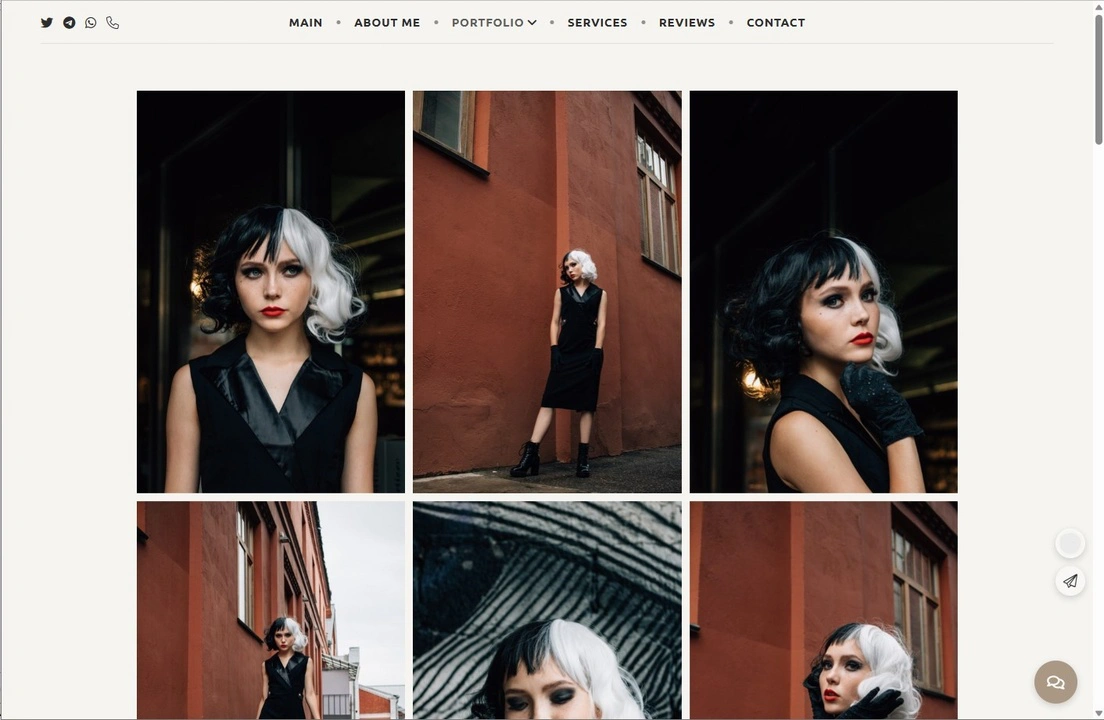
When building a portfolio, you also need to keep in mind that it needs to consist of things that you want to shoot. It needs to have photos in the genre or genres that you are interested in. Otherwise, your portfolio might attract clients that will ask you to shoot something that you don’t want to.
For instance, if you took some photos of your friends’ dogs, but you don’t exactly want to be an animal photographer, then don’t put those images into your portfolio; even if they are truly great.
Generally speaking, if you want to have an amazing portfolio that will attract your dream clients, you’ll need to be ready to invest your time, energy, money and other resources into your photoshoots.
Speaking of investing, ideally, you need to have your portfolio on a platform that you have control over. In other words, it’s not exactly a good idea to rely only on Instagram or some other social media, because, basically, anything can happen to those platforms. Their design might change. Their algorithms might change. They might stop existing, and you might lose your portfolio in a blink of an eye. It’ll be out of your control. Therefore, you need to have a blog or a website to showcase your works online. This way your portfolio will always be up and attracting clients no matter what.
It’s okay if you don’t know much about coding or building a website. You can create a website to host your portfolio on with the help of such website builders as Squarespace or Wix; these are the most popular ones.
Where Do I Look For Clients?
Once you have a decently-sized portfolio, you can start looking for clients.
What you need to do first is to tell your friends, family and acquaintances that you want to start a photography business, so if they are ever in need of a photographer, they can turn to you. You can also ask them to tell their friends, family and acquaintances about your new business. Your goal is to put your portfolio in front of the eyes of as many people as possible.
Another thing that you can do is to reach out to small and medium-sized business in your area, if you do the kind of photography that they need. For instance, if you are a food photographer, then maybe look up cafés and restaurants in your town and nearby towns and see if the images of food on their menu look good. Who knows? Maybe you can do a much better job. If that’s the case, you can reach out to them, show your portfolio and offer your services.
There are such freelance platforms as Fiverr, Freelancer, Upwork and a few others. You can advertise your services there.
If you have the budget, you can hire some influencers to do a sponsored post for you or as an option, you can find some local, small influencers and offer them a free photoshoot in exchange for them promoting you; that is, if you do portrait photography.
If you have the budget, you can also run targeted ads. The great thing about them is that you can be very specific with the audience that you are trying to reach.
You can also post about the services you offer on your social media accounts and showcase your work there as well as check out Facebook groups and groups on other social media platforms where your potential customers might be.
Do I Need to Promote My Photography Business on Social Media? Which Platforms Are the Best?
Promoting your business and growing your social media following are the two things that you should include in your business plan. What’s great about social media is that it can help you make valuable connections and bring in new opportunities. However, there’s no need to focus all your resources on it at this point.
Social media platforms tend to be somewhat unreliable. For years, Instagram has been a great place for photographers to share their works on, and it is still one of the most popular and convenient for it. But at the moment, Instagram is heavily promoting reels instead of photos. Not to mention that Instagram’s algorithm and its constant changes have been causing headache to all the creators for quite some time.
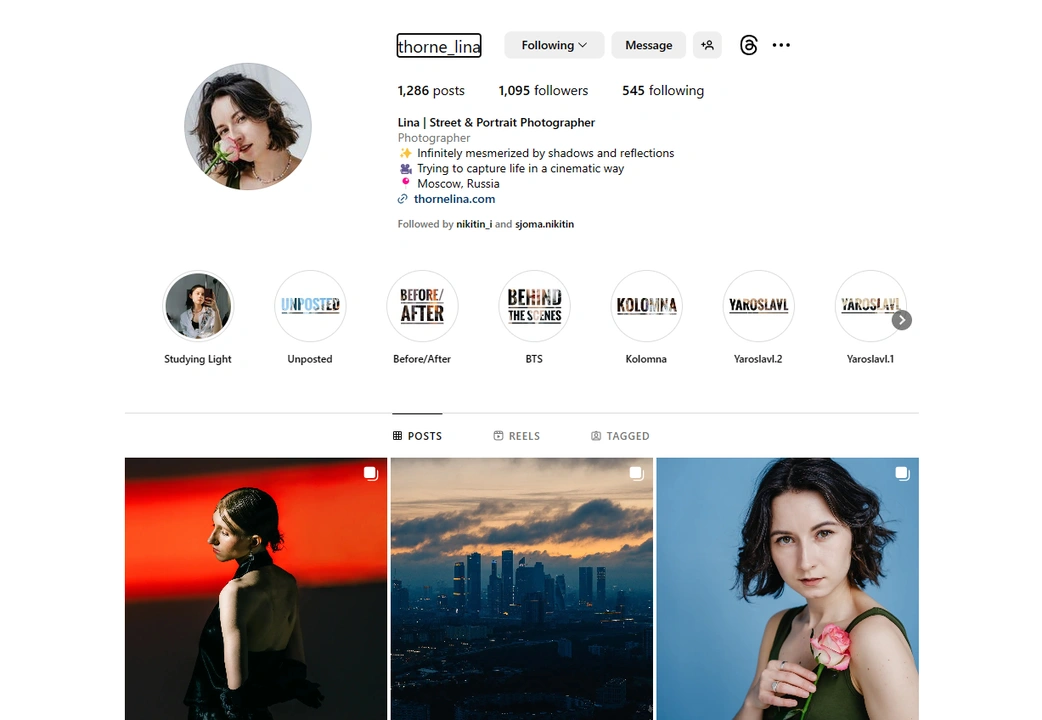
Nowadays, growing a following there organically requires a lot of effort and hard work. Nevertheless, as a photographer, you should consider creating an account there; if you haven’t already. It’s an amazing platform for sharing your photography works, building a community and finding new clients.
You might consider posting your photos on Threads, as well. This platform is new and in trend right now, therefore, there’s some potential in growing your following on it faster. Twitter is a good alternative, but it is mostly great for those who are interested in NFTs and meeting like-minded people instead of attracting clients.
There’s another platform that is amazing for getting your name out there. It’s YouTube. Yes, this platform is for videos only. However, its algorithm is much better than Instagram’s, and it’s a truly amazing way to connect with your audience as well as get discovered. But the obvious downside of promoting your photography business there is that you’ll need to master not only photography, but videography, too, since your videos will need to be of a decent quality to grow your following. This is why it might be better to get into YouTube later down the line.
It is also a good idea to create a business page on Facebook and promote your photography works there, including running targeted ads. If you have acquaintances that you’re not in close contact with, this is also a great way to let them know that you’ve started a photography business. You can check various photography groups and share your works there.
Instagram, Twitter, Threads, Facebook and YouTube are the most popular platforms for photographers, but of course, there are some others.
Please keep in mind that it’s better to spread your content across several different platforms, because you’ll be able to reach more people.
What you also need to remember is that word of mouth, cold-emailing and even cold-visiting local businesses as well as running ads will probably get you more clients than social media.
Do I Need to Decide On a Niche and Develop My Personal Style in Photography Now?
Despite what you might’ve read or heard on the Internet, there’s no need to decide on a niche right away. Naturally, if you have a clear understanding of what exactly you want to take pictures of, what genre of photography you prefer, then you can decide on a niche now. However, it is also important to be open to exploring new things.
Photography is a form of art, after all. And art requires experimenting.
To produce truly good results and enjoy your work, you need to take pictures of what you like. If you don’t know what you like, what your preferences are, that’s totally okay. Remember, no one is pressuring you to decide on the genre of photography right now. And even if you do decide on it, you can always change your mind.
Since you are a beginner and don’t have a lot of experience, you can try out a few genres of photography that you are interested in and see which one you like the most; or maybe you’ll like all of them – that’s also okay. There are photographers who specialize in one particular niche as well as photographers who work in several different genres.
This is entirely up to you.
Different genres of photography often require different skills. For instance, if you want to do portraits in a studio, you need to know how to work with lighting equipment and how to set it.
But if you are doing sports photography, you won’t need this information; what you’ll need, instead, is a quick reaction, being able to change the settings swiftly and always be present in the moment, always look out for scenes to capture. If you try out different genres, you might build an excellent skill set.
As for your unique, personal style. Well, this is a personal matter, too. Yes, there are a lot of photographers these days and having a personal style in photography can help you stand out from the crowd. But it’s not an absolute must, if you want to get clients and have a successful business.
Another thing to keep in mind is that since you are a beginner, and even if you do want to develop a personal style, you don’t really need to focus on it right now.
Personal style is something that develops over time and with lots of practice.
Personal style doesn’t mean using one and the same technique or editing your images in one and the same way. Your true personal style is a compilation of photography techniques, editing, what you like to take pictures of, how you like to compose your shots, what colors you choose and what themes you gravitate to. The more you shoot, the more your style will develop.
Should I Edit My Photos?
This is a matter of preference. It also depends on which format you shoot images in. If you are taking images in a RAW format, then you’ll probably need to do at least a little bit of color correction since RAW formats tend to produce somewhat flat images with muted colors. And you’ll need to convert RAW into JPG anyway, since you usually need special software to view RAW images.
If you are shooting JPGs, then you may do some tweaks and touchups or skip the process of editing entirely.
If you like your images as they are and don’t want to spend time editing them, no one is stopping you from doing that.
However, most photographers these days tend to edit their images. A lot of well-known photographers sell their presets. The process of editing can be just as creative as the process of taking photos. With your editing, you might salvage an image or add that little bit of something special to it.
The way you edit your images can be a part of your personal style. Generally speaking, editing is an excellent way to enhance your photos.
Adobe Lightroom, Adobe Photoshop and Capture One are the most common editing software, but you need to pay to use them. Therefore, if you are planning on editing your photos, you’ll need to be ready to pay for that, too.
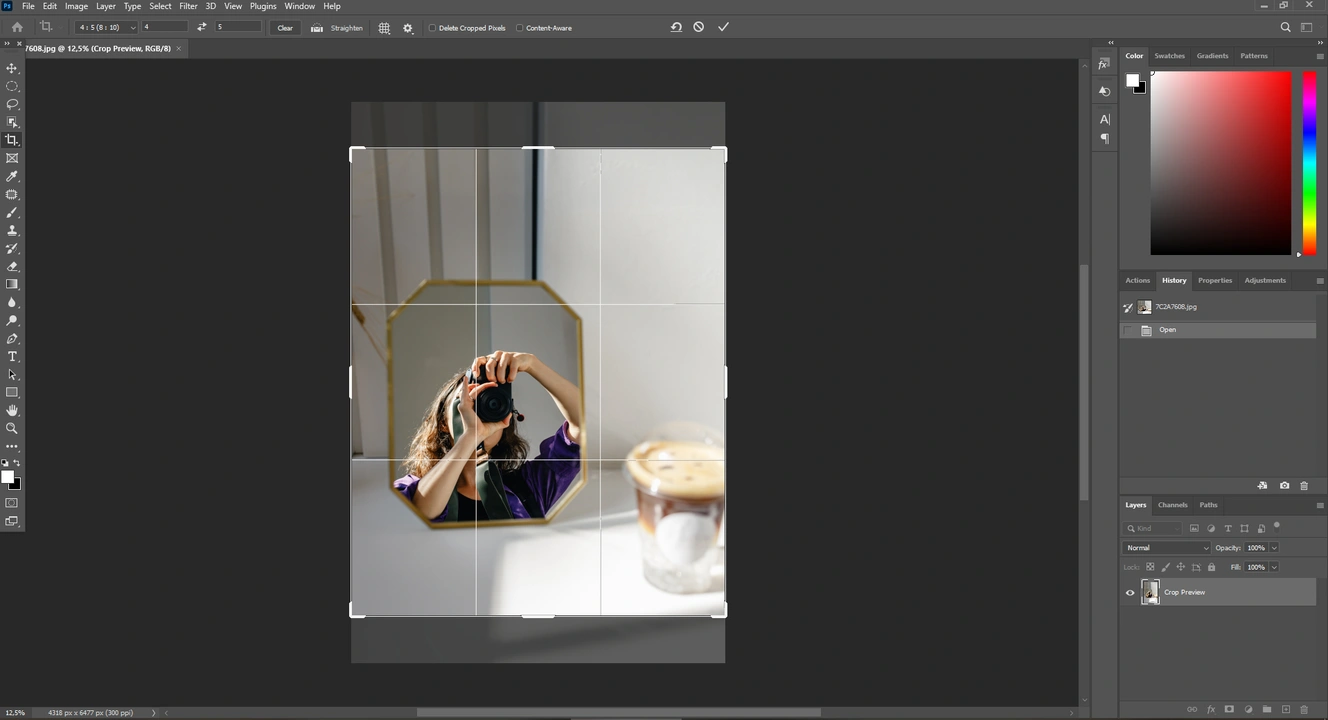
Is It Possible For Someone To Steal My Photos?
Yes, it is possible. When you share your images online, you are running the risk of someone stealing your works. Your photos might be stolen because someone wants to pass them as their own or to use them as prints on merch. And it may take a while for you to learn about this.
So, is there a way to protect your images? Yes, there are a few things that you can do. But please note that none of these guarantee 100% security. Even if you do everything right, the chance of your works being stolen still exists.
First of all, you can watermark your images. A watermark is a string of text or a logo on your photos. This will scare away at least some lazy thieves who don’t want to spend their time getting rid of your watermark.
If you do decide to watermark images, consider putting your watermark in the central area of your image or in the area that is rich in details. This way it’ll be challenging to remove your watermark. It’ll be impossible to crop it out or erase it with the help of advanced editing tools. Yes, it might be very tempting to place your watermark in the corner and make it small, because then it will be unobtrusive and won’t distract from your masterpiece. However, this way, it’ll be easier to remove it – thieves can simply crop it out and steal your image. More tips on watermarking images you’ll find here - How to watermark photos.
Since you want to know how to start a photography business with no experience, here’s another tip – to look like a professional, you need to have your own logo. If you have a budget, you can hire a designer. For instance, there’s a great selection of them on Fiverr. But don’t worry if this is something that you can’t afford at the moment. There are a few online logo makers that you can use for free.
Secondly, you can add your copyright information into the metadata of your images. Metadata are the data that are stored inside the files, therefore they are invisible. You can check the metadata of your images by selecting “Show Inspector” under Tools if you are on a Mac or right-clicking the file, then going to “Properties” > “Details” if you are on a Windows. Not all the thieves will remember to check metadata or even know about them. Therefore, even if they remove your watermark, the copyright information will remain inside your images, and you’ll be able to prove that you are their true creator.
You can do both of these things in Visual Watermark. This watermark maker allows you to design a watermark from scratch or upload your own logo. There are all the necessary tools for a quick and easy, yet efficient editing of your watermark and photos, like crop image, image resizer, compress photo online, add logo to photo and add text to image. And you can also enter your copyright information into the metadata before exporting your images. It’s incredibly user-friendly and straightforward.
Do I Need to Make a Rough Business Plan?
Yes, you absolutely do.
It’s not as intimidating as you might think. Carve out some free time and, firstly, figure out what your goals are for the near future. What do you want to achieve with your photography business? Is this a side-hustle or do you want to make a career out of it? What goals do you want to achieve in six months and in a year?
Next questions to ask yourself are: What is your target audience? Who is your ideal client? What value can you provide to people?
Also, you’ll need to figure out what’s your strategy in achieving your goals. How many shoots you need to do per week or per month? How many shoots you can do, realistically, per week or per month? What skills will you need to learn? It’ll be better if you set some kind of a timeline for executing your plan, as well.
And finally, you need to figure out your monthly expenses.
A rough business plan will navigate you and potentially keep you motivated, so, don’t skip this.
Do I Need To Research The Local Market Before Starting My Photography Business?
It’s a good idea to do so.
Once you’ve decided what genre or genres of photography you’d like to shoot in, you should see if there’s a market for you photography locally. This is important because, for instance, you want to do food photography, but there are way too many food photographers in your area and not enough of restaurants and cafes. If that’s the case, getting clients will be extremely tricky.
Naturally, if while searching the market, you see that there are only a few photographers that do your kind of photography, then you’ve hit the jackpot.
Searching the local market will give you a good idea of what niches are in demand at the moment.
And you will also be able to see what kind of images local photographers produce – maybe your style is different from them, which can be to your advantage.
How Do I Set My Pricing?
While you do the research of the local market, you need to check out the prices that other photographers have. You’ll need to set your pricing based on this information.
Since you are a beginner, it might be better to set your price a bit lower than the average. But this is a terrible strategy in the long run because you will need to work more and, typically, a lower price attracts the kind of clients that you might not want to work with.
Another thing to keep in mind is how much work you can do, how much you want to earn and – most importantly – what price is psychologically okay for you.
Don’t worry if you feel like you’re not experienced enough to charge a lot. Set the price that you are more or less comfortable with, but the one that will still bring you some income.
Conclusion
Starting a new business can be a challenging, intimidating, but at the same time thrilling endeavor. Now that you have more knowledge about how to start a photography business with no experience, it shouldn’t seem like an impossible task. Hopefully, this article has given you the answers that you were looking for and inspired you to make this idea a reality.
Photography is an amazing form of art that you’ll enjoy growing as a professional in. With resilience, persistence, motivation and hard work, you will definitely succeed, and your business will be up and running.
 Visual Watermark
Visual Watermark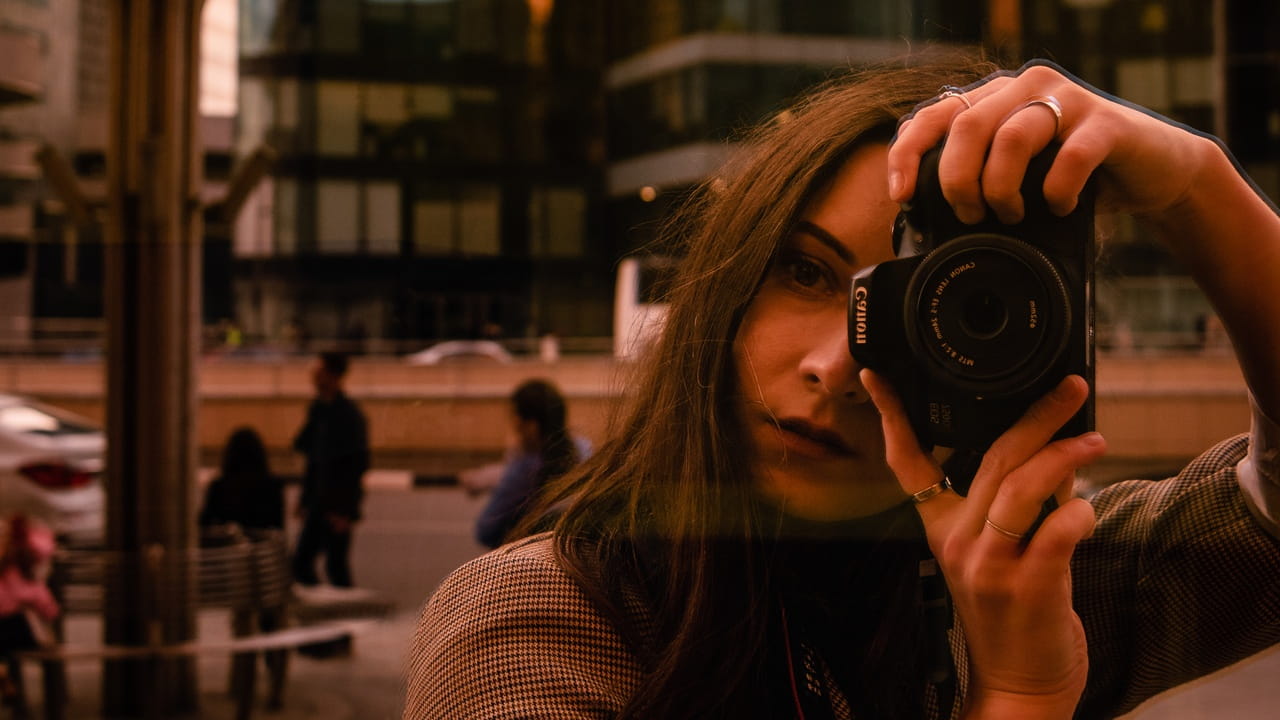
 by
by 